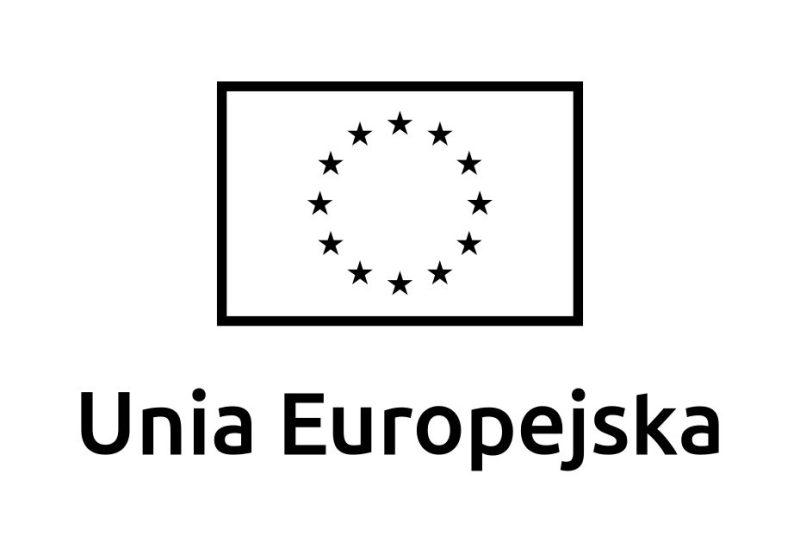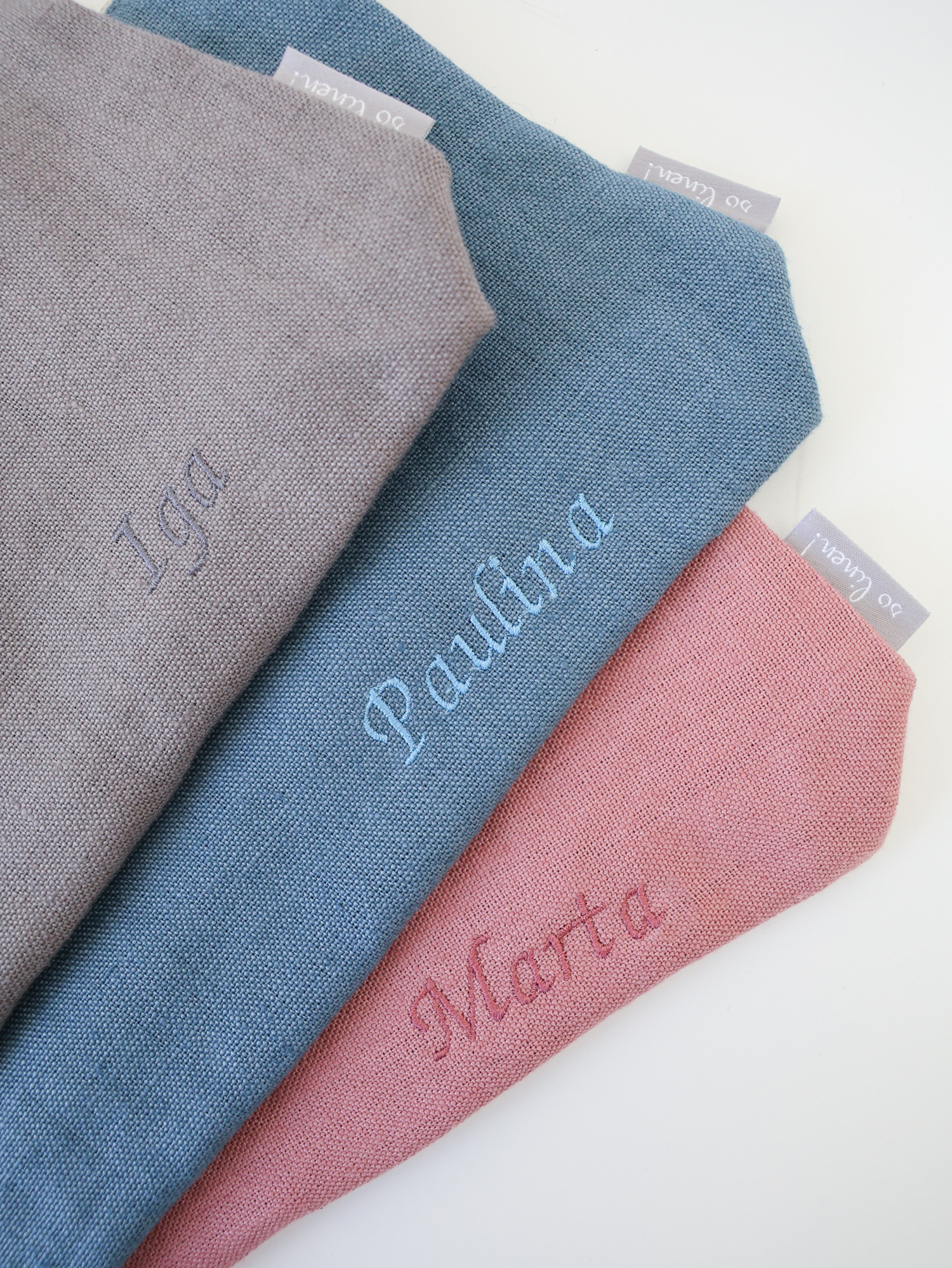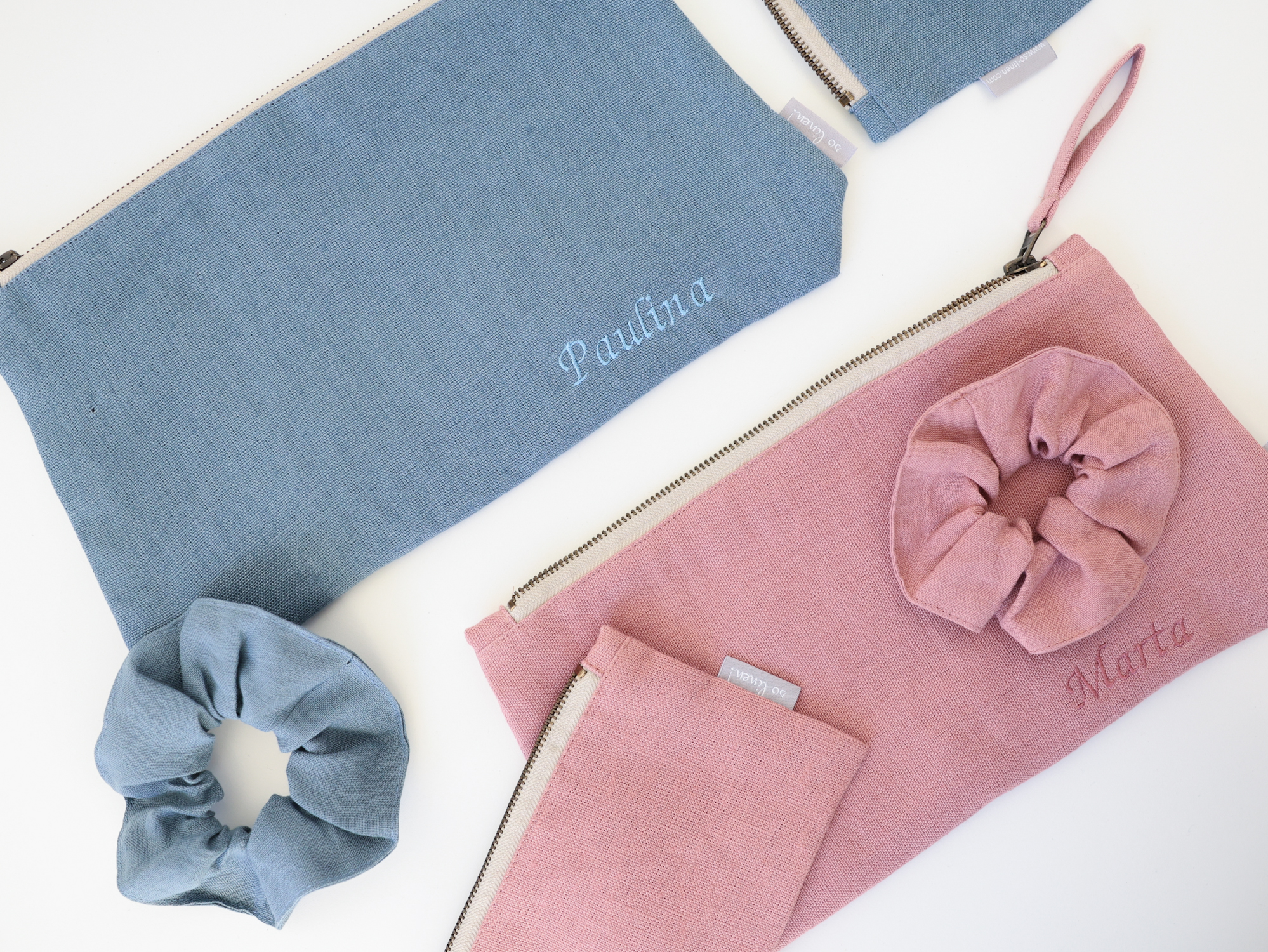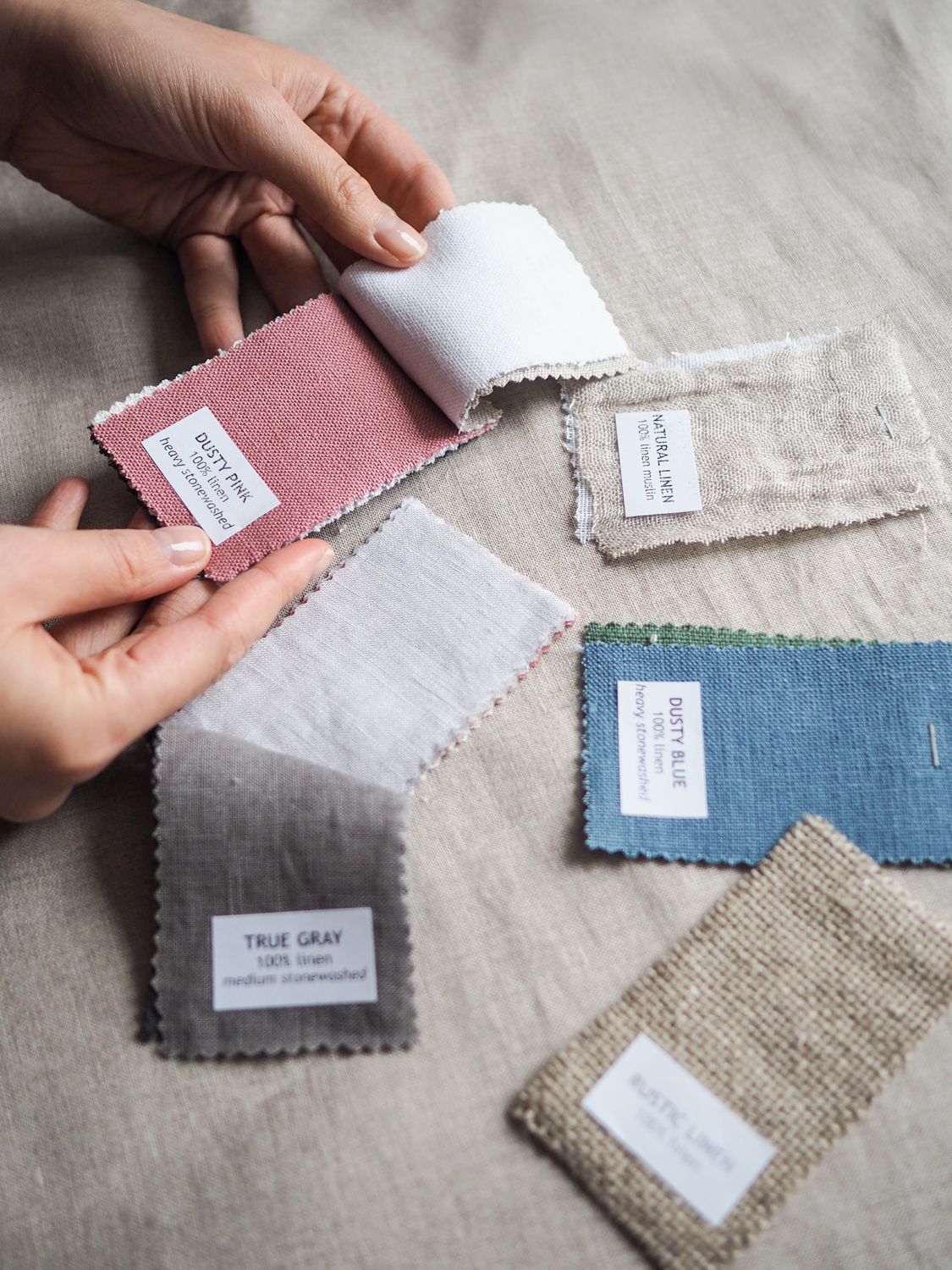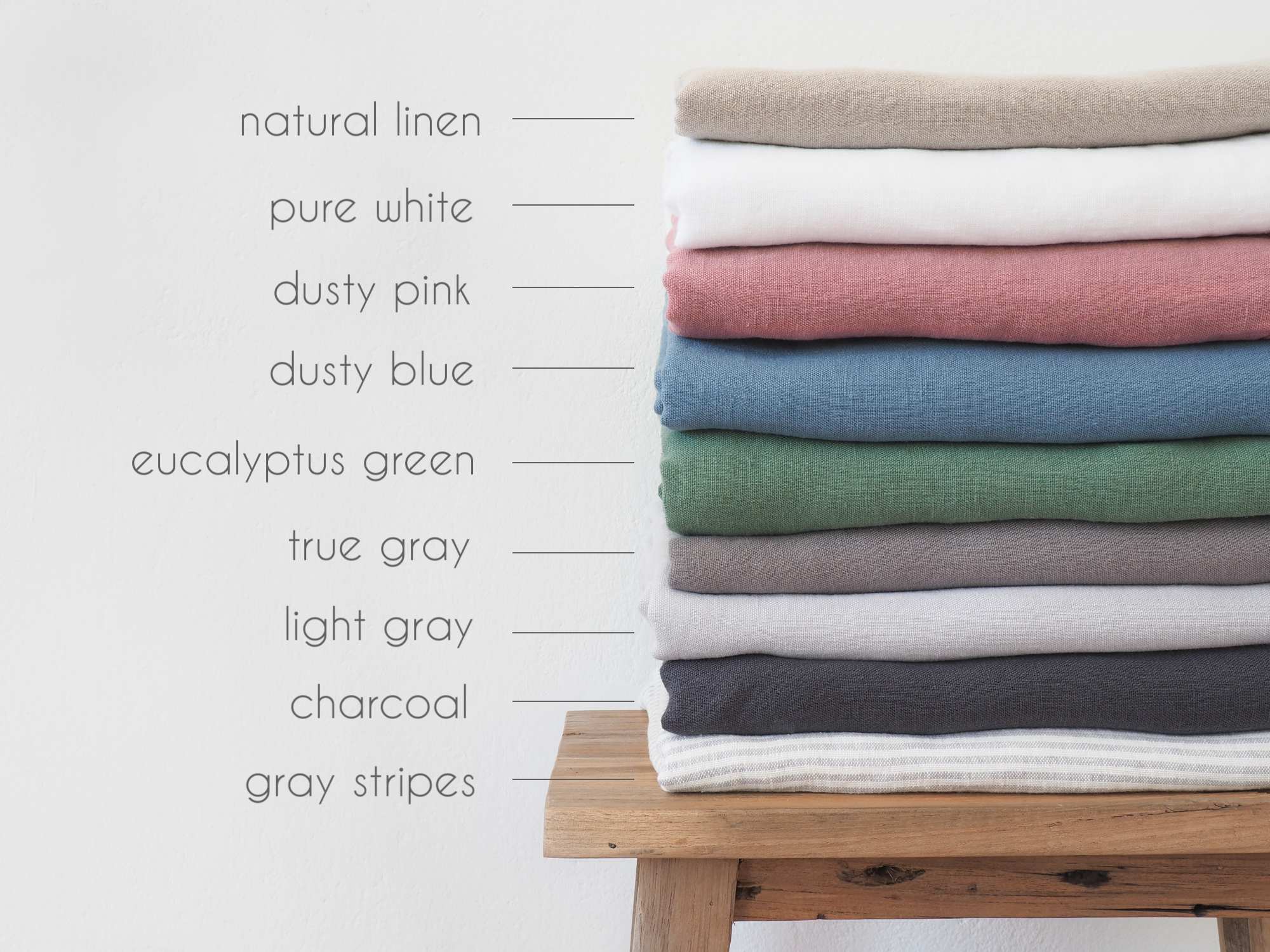Uncategorized
New Year’s resolutions – surround yourself with nature!
It’s a new year. The first celebration is behind us, a shared toast with sparkling champagne and a bustling countdown to midnight. Along with 2021, a time of taking stock, analyzing and making plans for the coming weeks and months has also passed. Many of us make a list of New Year’s resolutions that are extremely rewarding and often – full of sacrifices. If you are wondering what resolutions are worth implementing or looking for inspiration – we have a suggestion for you. Let this year be yours. . and our planet!
THE MAGIC OF NEW YEAR’S RESOLUTIONS
The tradition of declaring New Year’s resolutions is linked to an interesting mythical legend. It says that a fortune teller named Sibyl foretold the date of the end of the world. It was supposed to be caused by the dragon Leviathan, which had been lurking in the Vatican vaults for years. Locked up since 317, the monster was to get out during the reign of the new pope, Sylvester II. The public expecting the end of the world was terrified. When it turned out that the cataclysm did not happen, everyone started to celebrate and rejoice. It was then that the Romans developed the custom of making plans in which they entrusted their resolutions to God. So much joy spawned two, new customs – celebrating New Year’s Eve and making plans for the new year.

Interestingly, the New Year’s resolutions were originally prayers. It is the modern age that has changed their form a bit, so that every year, at the end of December, we promise ourselves to save money, lead a healthy lifestyle, change our eating habits, or finally go to sunny Greece for the longed-for vacation. . .
RESOLUTION: MORE NATURAL MATERIALS
Synthetic fibres appear particularly frequently in the textile industry. The main reason for using them in e. g. clothing industry is their relatively low price and durability. However, when we take a closer look at artificial materials, we realize that this sustainability comes at an extremely high cost – echoing our environmental footprint.
On our blog not so long ago there was a post about different fabrics, where we point out, among other things, their origin and negative effects on the body. As a reminder – man-made fibres are produced through the processes of chemical technology, using polymers that are not found in nature. Ultimately, then, it is a material that is not conducive to natural, biological phenomena – whether in an environmental, economic or medical context.

What is more, polyester decomposes in the environment for up to 500 years and the microparticles released during washing reach waterways and pollute, among others, the surrounding rivers. In the process of its creation, a number of chemicals are also used, the production of which increases CO2 emissions into the atmosphere, thus poisoning the air and the environment of thousands of species of flora and fauna. What is interesting – currently the polyester production powerhouse is Asia (specifically South-Eastern areas), where restrictions on environmental protection are lower, and thus – the consequences of harmful production are less severe financially.
Therefore, our suggestion for a New Year’s resolution is: limit artificial and synthetic materials in our wardrobe. We believe that even the smallest changes in our daily habits have an impact – after all, the smallest steps are where dramatic, significant changes began. Growing public awareness and multiple, natural alternatives make it easier to make the right purchasing decisions. So from 2021 onwards, pay more attention to materials, try to choose those that come from natural or organic farming. Support your home market, watch out for companies that are notorious for e. g. production or working conditions. With a choice of cotton dress linen, wool socks or polyester/elastane/nylon opt for the former group, guaranteeing yourself a safer and more natural material.
RESOLUTION: RECYCLE AND ELIMINATE PLASTIC
Do you know that one Pole in a year can “produce” even 150 kg of waste consisting only of packaging? The EU average is even slightly higher – 170 kg of empty packaging per European citizen. What’s more, only 30% of Poles admit to recycling regularly, paying attention to properly labeled containers. The result is exceptionally low when we compare the statistics conducted in Germany or Slovenia.
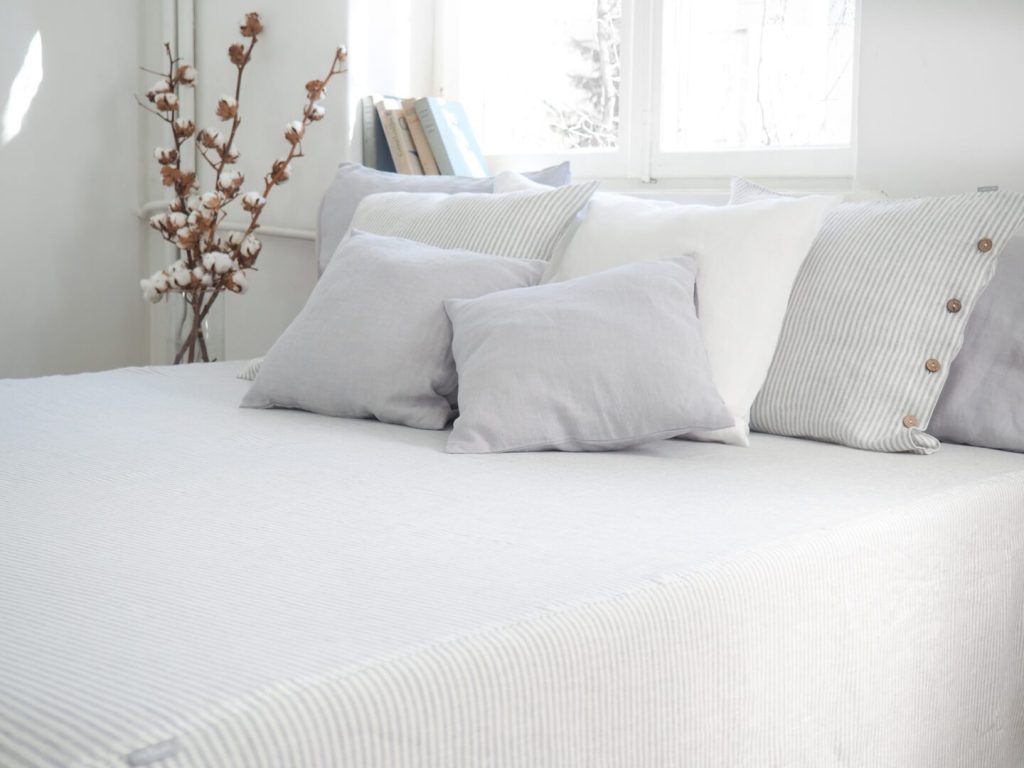
“The icing on the cake” of negative statistics is that in 2019, only ⅓ of the public admitted that they believe their actions can help curb negative environmental impacts. This means that many of us have put the proverbial “dash” on our planet, losing the desire to support it and help it regularly.
That’s why, as part of our resolutions for 2021, we can set one common goal: reduce plastic and introduce recycling. Familiarizing yourself with waste separation and preparation is the first step that will make the whole process easier. Even small changes (e. g. segregation of paper) are the first step to introduce new habits and thus to bring order and protect the Earth. So support the companies that pack your orders in biodegradable packaging, pay attention to the colours of the containers on your doorstep, find out what rubbish you should wash before throwing away and regularly educate yourself on topics such as the environment and the health and safety of people. responsible consumption in society.
